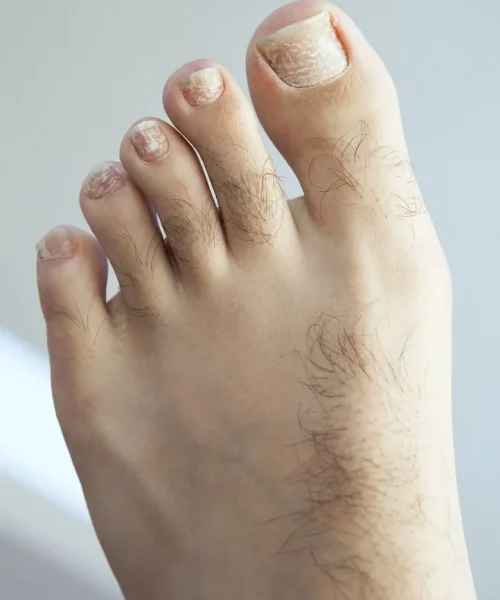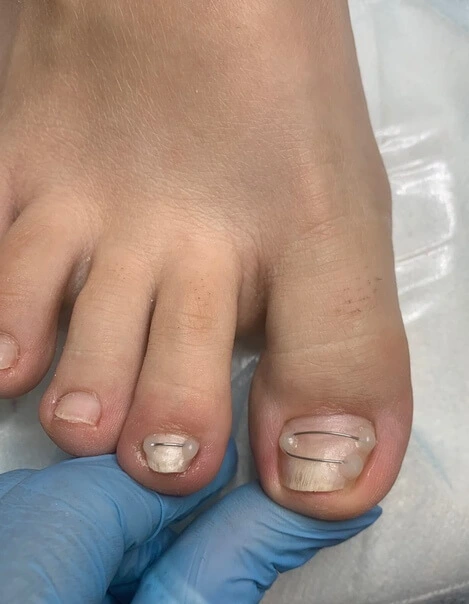Gryphotic Nails Treatment in Adelaide
Gryphotic nails, often characterized by their unusual curvature and thickness, can pose both aesthetic and functional challenges for individuals. In Adelaide, understanding the causes, treatment options, and preventive measures for gryphotic nails is crucial for maintaining healthy toenails. This article will explore various aspects of gryphotic nails, from what causes them to the best practices for care and when to seek professional help.
What Are Gryphotic Nails and How Are They Treated?
Gryphotic nails are a nail condition where the toenails develop an abnormal curvature, often becoming thickened and discolored. This condition can arise due to various factors, including genetic predisposition, trauma, or underlying health issues. Treatment typically involves addressing the underlying causes while managing the symptoms. Podiatrists may recommend trimming the nails regularly, using topical treatments to soften the thickened areas, and in some cases, surgical intervention might be necessary to correct severe deformities.
The causes of gryphotic nails can vary widely. Genetic factors often play a significant role, as certain individuals are predisposed to developing thickened, curved nails. Additionally, trauma, such as repeated pressure from poorly fitting shoes, can contribute to the condition. Poor nail care practices, such as neglecting regular trimming or improper cleaning, can exacerbate the situation, leading to further complications. In some instances, systemic health issues, like fungal infections or psoriasis, may be a contributing factor, making it essential to identify and address the root cause.
While it may not always be necessary to see a podiatrist for gryphotic nails, it is advisable if the condition worsens or leads to discomfort. Podiatrists are trained to assess nail health and can provide tailored treatment plans to improve the condition. They can also offer insights into proper nail care practices that can help prevent future issues. Early intervention can help avoid more severe problems, making it beneficial to consult a professional if symptoms persist or worsen over time.

Why Choose Us for Your Care?
At KMW Podiatry, we provide exceptional podiatry services across Adelaide, ensuring every patient receives personalized, high-quality care.
Health Scheme Support
We support patients under Workcover, EPC, NDIS, DVA, and other government schemes, providing consistent care for everyone.
Latest Technologies
We adopt the latest technologies to offer advanced podiatric care, providing innovative solutions for your foot health.
Convenient Locations
With clinics in private hospitals and GP clinics, our services are easily accessible, making it convenient for you to receive top-notch care.
24/7 Emergency Help
We are available around the clock for emergency assistance, ensuring you get the help you need whenever you need it.
How to Care for Toenails with Gryphosis?
To prevent trauma to gryphotic nails, choosing appropriate footwear is essential. Shoes that provide ample space for the toes and do not compress the nails are crucial. Opting for shoes made from breathable materials can also help maintain toe health by reducing moisture, which can lead to fungal infections. Additionally, wearing protective footwear during activities that may cause injury can significantly reduce the risk of trauma and further complications associated with gryphotic nails.
Managing the thickness of gryphotic nails requires a gentle approach. Using a fine-grit nail file or emery board can help reduce thickness without causing damage. It’s important to be cautious during this process to avoid injury. Overly aggressive filing can lead to more harm than good, so a delicate touch is essential. Regular maintenance can lead to improvements in both appearance and comfort.
Home nail care practices are crucial for individuals with gryphotic nails. Regular cleaning and trimming of the nails should be part of a routine to avoid buildup and potential infections. Moisturizing the feet and nails can help maintain nail flexibility and prevent cracking. It’s also beneficial to inspect nails regularly for any signs of infection or changes in color and texture. These practices can greatly enhance nail health and prevent worsening of the condition, ensuring that toenails remain in the best possible shape.

Treatment Options for Gryphotic Nails
Treatments are different for every person depending on the patient’s symptoms and needs. Some treatment strategies may include:
If you are experiencing gryphotic nails or have any other foot or ankle concerns, we encourage you to contact Keep Me Walking Podiatry at 1800962113 to schedule an appointment. Our team is here to help you achieve relief and better foot and ankle health.
FAQ's for Gryphotic Nails Treatment
What are gryphotic nails, and how do they look?
Gryphotic nails are nails that are abnormally curved or twisted, often resembling claws. They can look thick and may have an uneven surface. In some cases, they may also appear discolored.
What are the common causes of gryphotic nails?
There are many factors that can contribute to the development of gryphotic nails, including genetic predisposition, trauma to the nail bed, and certain medical conditions that affect nail growth.
How is gryphotic nails treatment approached in Adelaide?
In Adelaide, treatment for gryphotic nails often includes both medical and cosmetic approaches. Treatment may involve gently filing the nails, using specific topical treatments, or even surgical options in severe cases.
Are there any home remedies for managing gryphotic nails?
While professional treatment is often recommended, some individuals may try home remedies such as soaking the nails in warm water or applying moisturizing creams. However, it is important to consult a healthcare professional for effective management.
How often should I seek professional help for gryphotic nails?
The frequency of professional help can vary based on the severity of the condition. For many, regular check-ups every 4 to 6 weeks might be beneficial to monitor the progress and response to treatment.
Can gryphotic nails affect my overall health?
While gryphotic nails themselves are not usually a health risk, they can sometimes indicate underlying health issues. It’s important to get a thorough evaluation if you notice changes in your nails or if they cause discomfort.
What podiatrists in Adelaide treat gryphotic nails?
In Adelaide, podiatrists and dermatologists are commonly consulted for gryphotic nails treatment. They have the expertise to assess the condition and recommend appropriate treatment options.
Is surgery always necessary for gryphotic nails?
Surgery is not always necessary and is typically considered a last resort. Many patients can manage their condition with less invasive treatments, such as topical therapies or regular nail care.
How can I prevent gryphotic nails from developing?
Preventive measures include maintaining proper nail hygiene, protecting your nails from trauma, and addressing any underlying health issues that may contribute to nail deformities. Regular consultations with a healthcare provider can also help.
